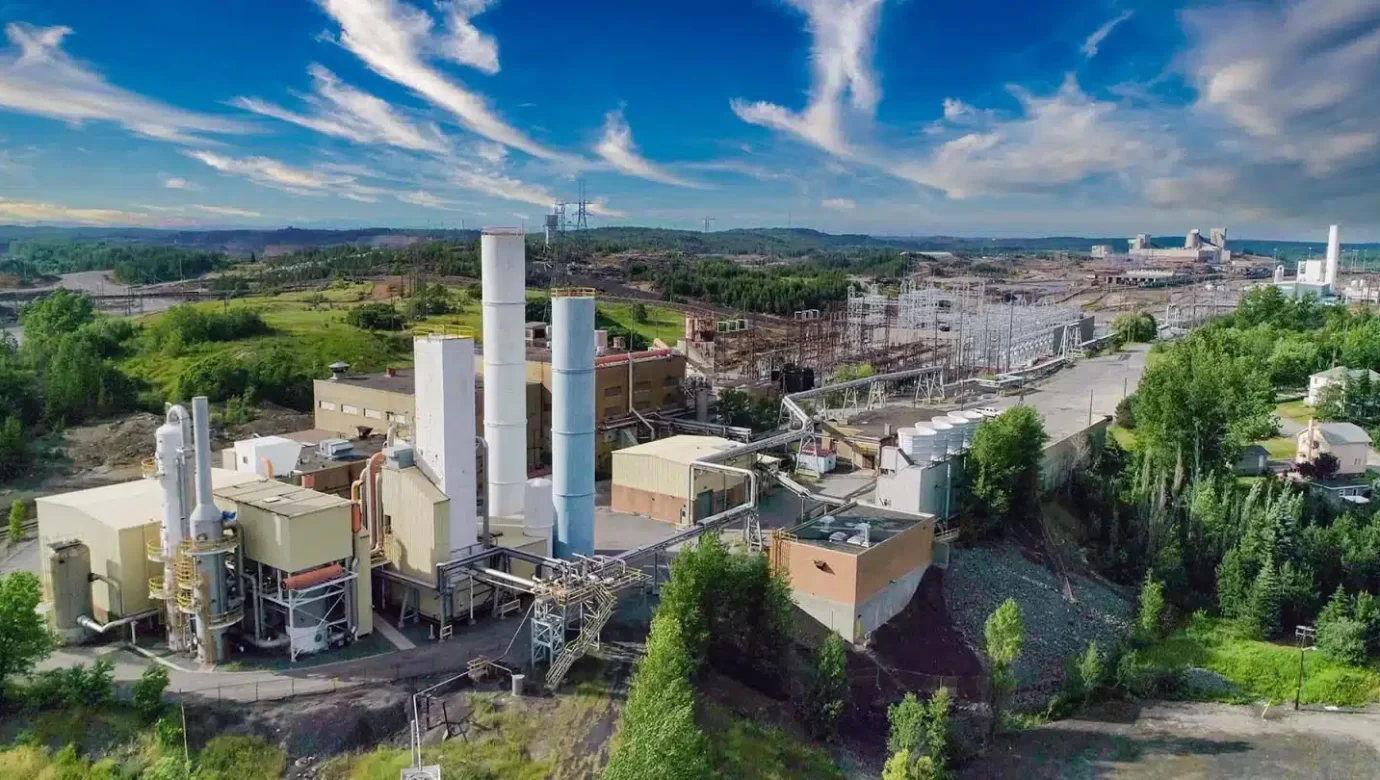Air Quality Monitoring Using Drones
Drones, equipped with the right sensors, offer several compelling advantages for air quality monitoring compared to traditional methods. Here’s why they’re increasingly being used for this purpose:
- Flexibility and Accessibility: Drones can easily reach and sample air from various altitudes and locations that might be difficult, dangerous, or even impossible to access by traditional ground-based methods. This includes areas with rugged terrain, dense urban environments, or regions affected by natural disasters.
- Real-time Data Collection: Drones can provide real-time or near-real-time data on air quality. This is crucial for monitoring sudden pollution events, such as industrial accidents or wildfires, allowing for a rapid response.
- High Spatial Resolution: Because drones can fly close to the ground, they can collect data at a much finer spatial resolution than satellite-based methods. This enables detailed mapping of pollutant sources and distribution within specific areas, like city blocks or industrial sites.
- Cost-effectiveness: Deploying drones can be more cost-effective than traditional stationary monitoring stations or manned aircraft, especially for targeted studies or in regions lacking infrastructure.
- Safety: Drones can safely monitor air quality in hazardous environments, reducing the risk to human health. This is particularly important in areas with toxic air pollutants or during emergency situations where air quality may pose immediate health risks.
- Temporal Coverage: They can be deployed quickly and at various times, providing the ability to monitor air quality changes over different parts of the day or in response to specific events, which is something fixed monitoring stations can’t always effectively capture.
- Customizable Sensor Packages: Drones can be equipped with a variety of sensors to detect a wide range of pollutants, such as particulate matter, volatile organic compounds, and greenhouse gases. This flexibility allows for tailored monitoring to meet specific research or regulatory needs.
- Lower Environmental Impact: Compared to manned aircraft or vehicles used for mobile monitoring, drones typically have a lower environmental impact, aligning with the broader goals of environmental monitoring and conservation efforts.
By harnessing these advantages, drones are becoming a vital tool in the field of environmental monitoring, complementing traditional methods and providing new insights into air quality and pollution patterns. Want to know more?
